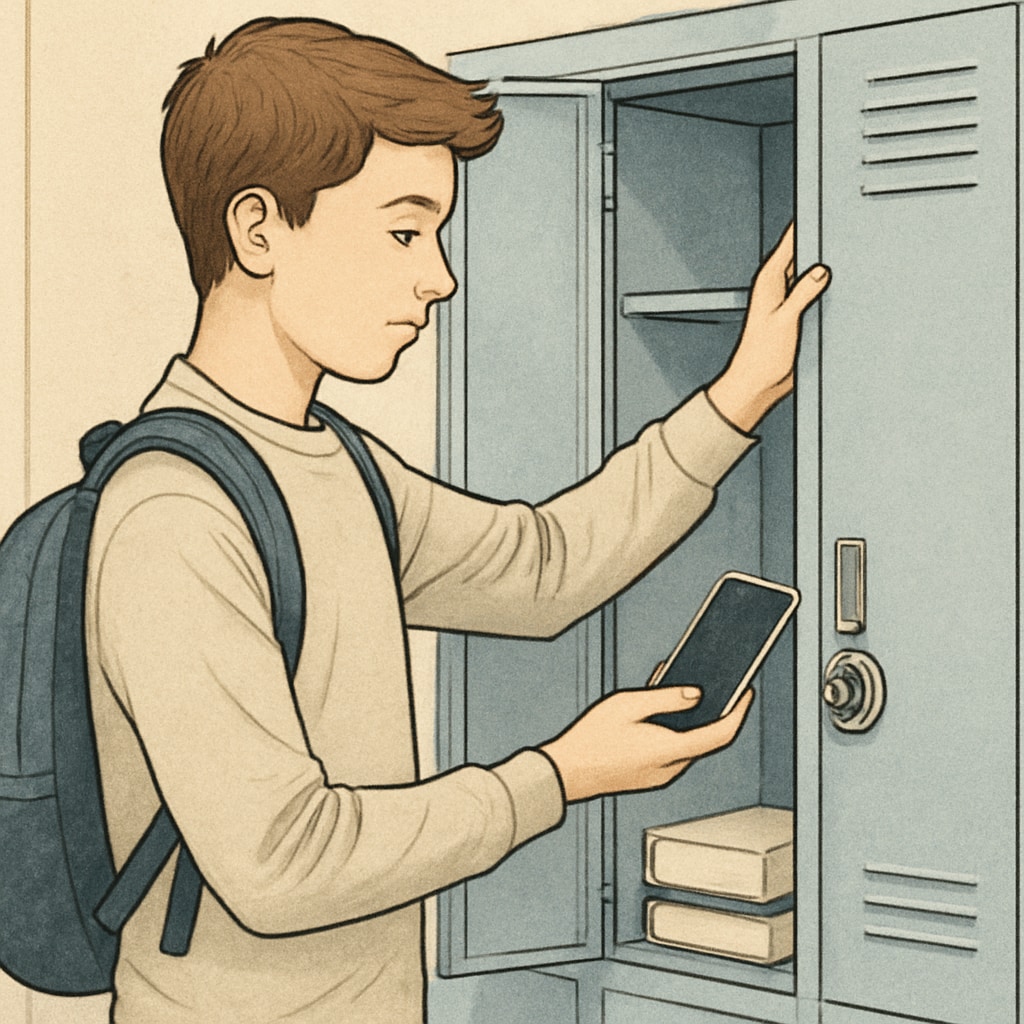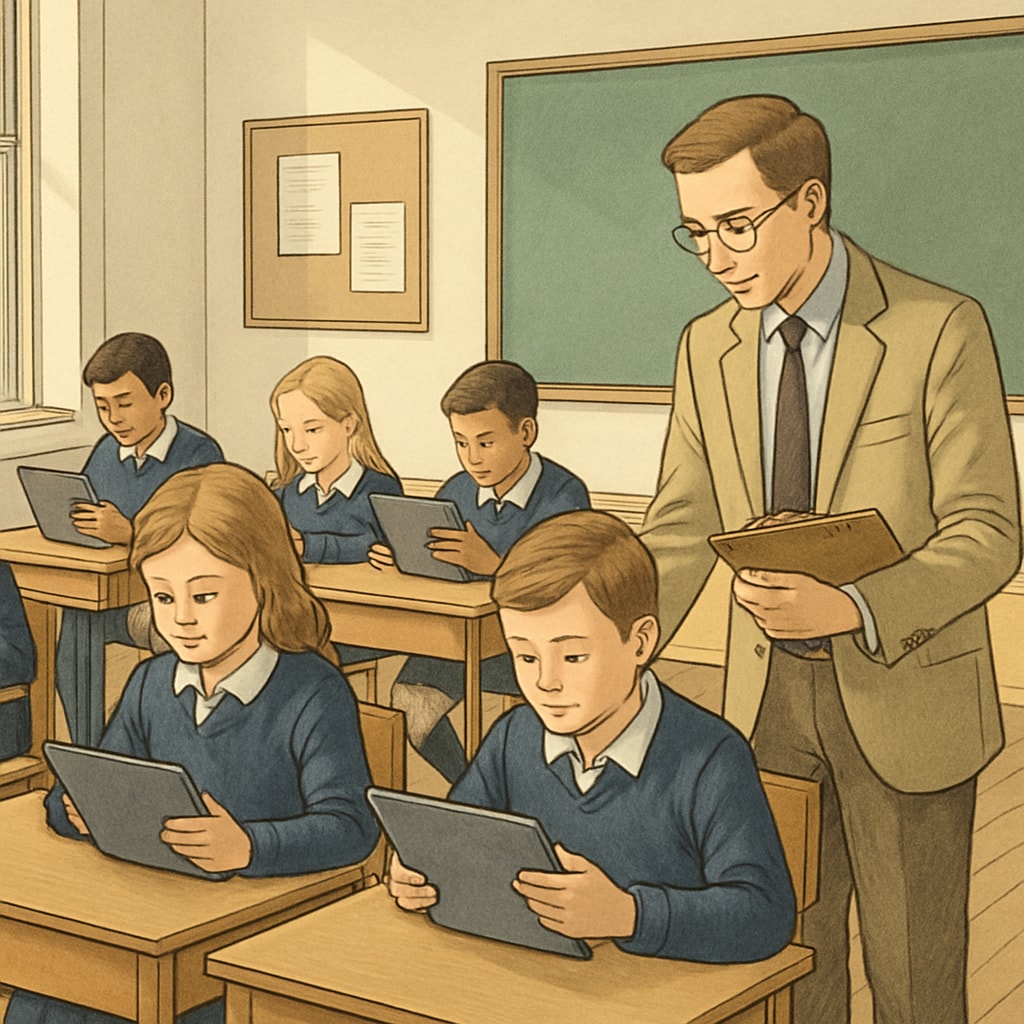The newly implemented mobile phone ban in schools has stirred discussions across public and private educational institutions. While proponents argue that the policy fosters focused learning and reduces distractions, opponents worry about limiting students’ access to digital tools and curbing communication. This article delves into the implications of the ban on students’ academic performance, mental health, and social interactions, highlighting the differing perspectives of public and private schools.
Why Schools Are Restricting Mobile Devices
Mobile phones have become ubiquitous, especially among teenagers. Many schools, both public and private, are taking steps to minimize their presence during school hours. Supporters of the ban highlight concerns about excessive screen time, cyberbullying, and reduced attention spans. For example, studies indicate that constant phone notifications can disrupt the learning process, leading to lower academic achievement (Attention Span on Britannica).

Public vs. Private Schools: Different Approaches
Public schools often adopt a blanket ban on mobile phones, given their larger student populations and diverse classroom environments. This approach aims to equalize students’ access to education by removing distractions. Private schools, on the other hand, may offer more nuanced policies. Some allow limited phone use for educational purposes, integrating technology into lessons to prepare students for modern workplaces.
However, the effectiveness of these bans depends on implementation. While public schools might strictly enforce phone-free zones, private schools may invest in digital literacy programs alongside restrictions. The debate continues as schools experiment with methods to balance technology use and focused learning.

The Impact on Mental Health and Social Skills
Beyond academics, the mobile phone ban affects students’ mental health and social connections. On one hand, reducing phone use during school hours may limit exposure to harmful online content, such as cyberbullying or unrealistic social media standards. This can create a safer, more inclusive environment for students.
On the other hand, critics argue that banning phones could lead to isolation, particularly for students who rely on these devices for social interaction or emotional support. Finding a middle ground—such as allowing phones during breaks—may help students maintain a healthy balance between technology use and face-to-face communication.
Balancing Technology and Education in the Digital Age
The challenge for schools lies in adapting to the digital age while maintaining educational integrity. Policymakers must consider how restrictions on phone use affect students’ preparedness for technology-driven careers. For example, teaching responsible technology use could be more effective than outright bans in some cases (Digital Literacy on Wikipedia).
In conclusion, the mobile phone ban in schools raises valid concerns and opportunities. Public schools may focus on eliminating distractions, while private schools explore ways to integrate technology responsibly. As this policy evolves, schools must prioritize both academic success and students’ overall well-being, ensuring that technology serves as a tool rather than a hindrance.
Readability guidance: Short paragraphs ensure accessibility, while lists summarize key points effectively. Overuse of passive voice and long sentences are avoided to maintain clarity.


